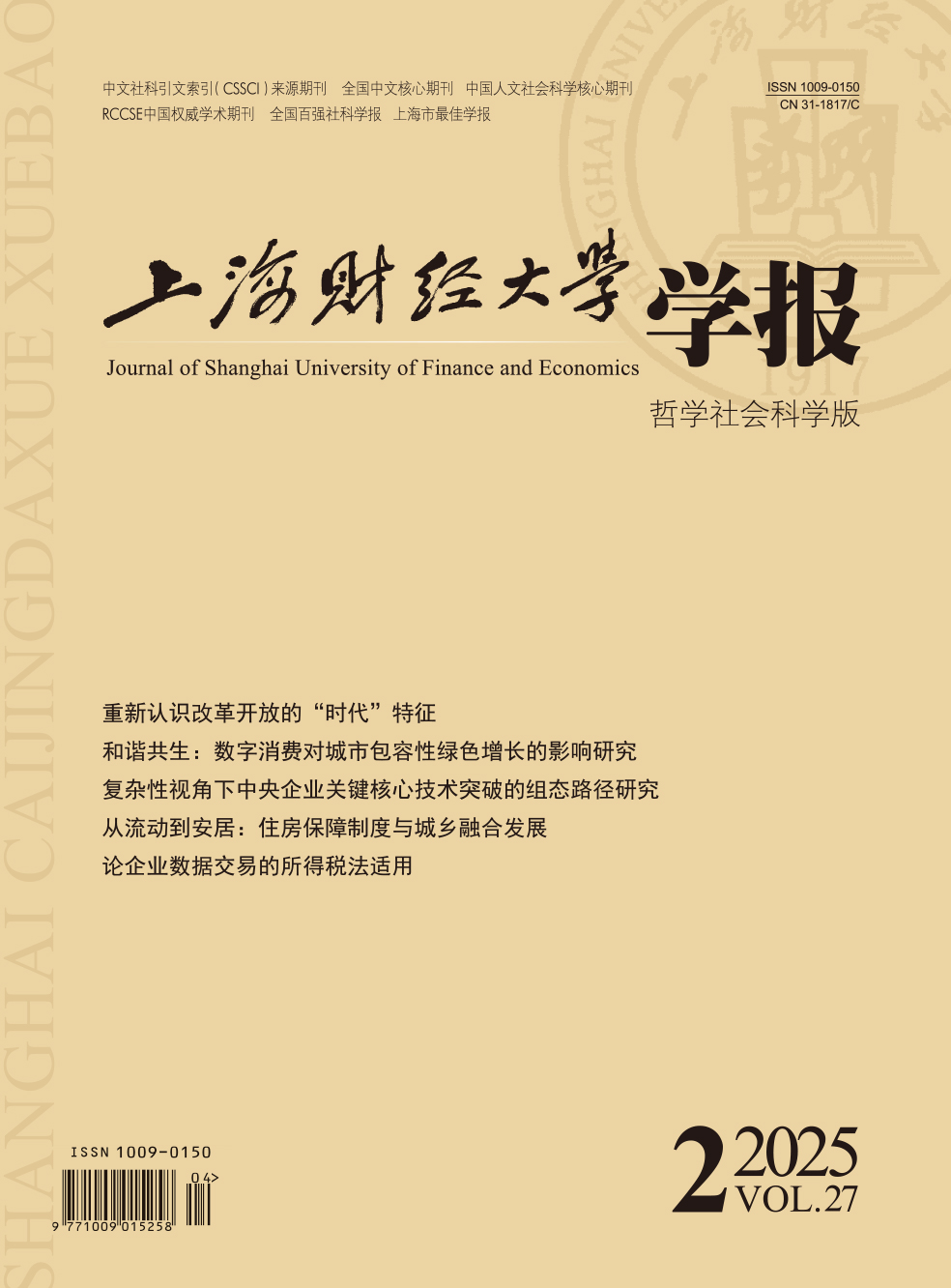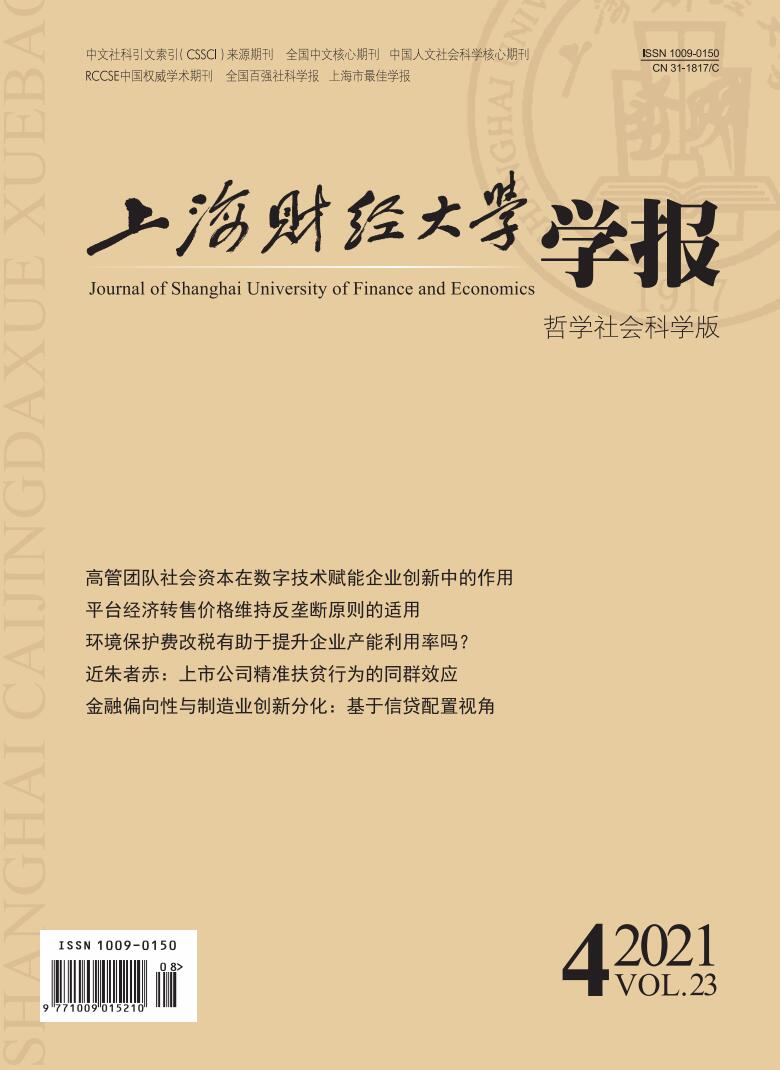Targeted poverty alleviation is a major transformation measure for China to overcome poverty. Prior literature on the motivations of listed firms participating in targeted poverty alleviation mainly focuses on firms’ own characteristics, such as financial performance, property right, and managerial heterogeneity. It assumes that firms make their targeted poverty alleviation decisions independently, without considering the mutual impact between different firms. Firms intend to learn and imitate the activity of other firms in the same industry or the same region in the process of decision-making and implementation. This phenomenon is called the peer effect. Firms often consciously pay attention to the practice of competitors, and ultimately produce interactive decisions. Based on the data of Chinese listed firms from 2016 to 2019, this paper empirically tests whether the targeted poverty alleviation activity of listed firms has the peer effect, and further explores its mechanism, influencing factors and economic consequences. The results show a significant positive industrial peer effect of targeted poverty alleviation activities of listed firms. The investment and amount of targeted poverty alleviation in the same industry will significantly positively affect the targeted poverty alleviation decision of other firms. The mechanism test shows that social learning and competitive pressure are the main reasons for the peer effect of targeted poverty alleviation activities of listed firms. Considering the types and quality of targeted poverty alleviation, we find that the peer effect is mainly reflected in the non-industry-development investments instead of industry-development investments. We do not find a significant peer effect in the quality of targeted poverty alleviation of listed firms. Further analyses show that state-owned firms, firms with more financial constraints , and firms with less information transparency tend to imitate peer firms’ targeted poverty alleviation activities. In addition, targeted poverty alleviation activities based on the peer effect have a positive impact on firm value. The contribution of this paper is as follows: First, from the perspective of firm interaction, this paper expands the research on the influencing factors of targeted poverty alleviation, makes up for the deficiency of the existing research on the driving factors of targeted poverty alleviation, which only focuses on the characteristics of firms themselves, and helps to deeply understand the motivation of firms to fulfill their social responsibility. Second, the existing finance literature mainly investigates the peer effect in corporate financial decision-making and corporate governance mechanism, while this paper expands the field of peer effect from the perspective of corporate social responsibility. Third, in terms of practical significance, this paper provides decision-making reference for the regulatory authority to encourage and guide listed firms to participate in the practice of targeted poverty alleviation and give full play to the role of capital market in consolidating the national poverty alleviation achievements.
 / Journals / Journal of Shanghai University of Finance and Economics
/ Journals / Journal of Shanghai University of Finance and EconomicsJournal of Shanghai University of Finance and Economics
LiuYuanchun, Editor-in-Chief
ZhengChunrong, Vice Executive Editor-in-Chief
GuoChanglin YanJinqiang WangWenbin WuWenfang, Vice Editor-in-Chief
The Peer Effect of Targeted Poverty Alleviation Activities of Listed Firms
Journal of Shanghai University of Finance and Economics Vol. 23, Issue 04, pp. 63 - 75,106 (2021) DOI:10.16538/j.cnki.jsufe.2021.04.005
Summary
References
Summary
Cite this article
Wen Wen, Zhu Peiqing, Song Jianbo. The Peer Effect of Targeted Poverty Alleviation Activities of Listed Firms[J]. Journal of Shanghai University of Finance and Economics, 2021, 23(4): 63-75.
Export Citations as:
For





 4555
4555  6132
6132

